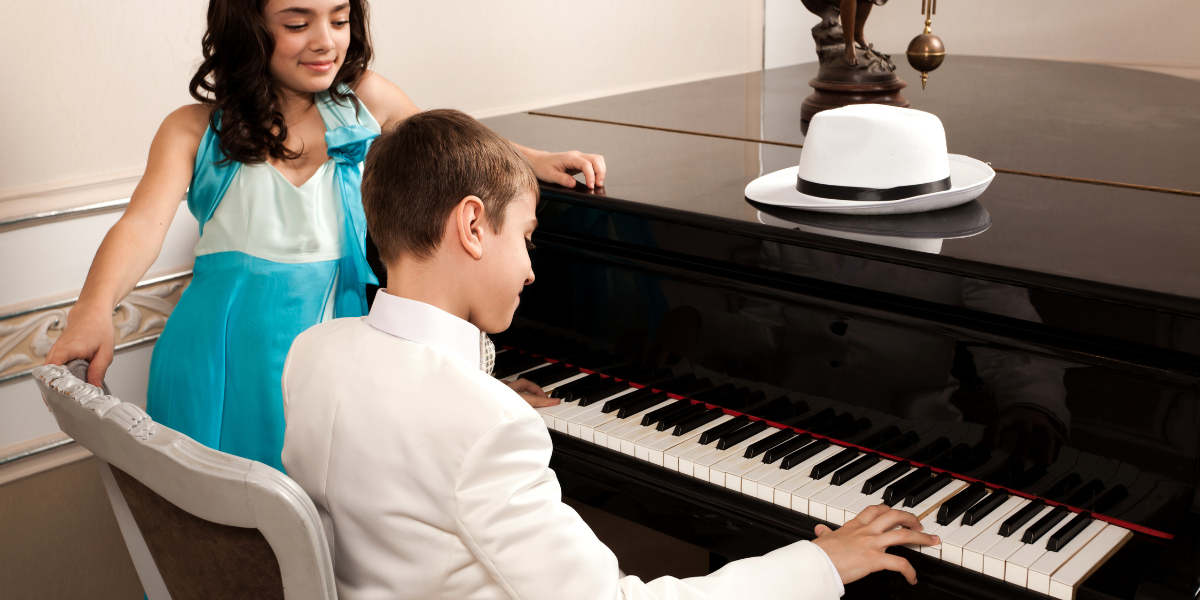Easy Piano Songs for Beginners Using Only Three Chords
Learning to play the piano is an exciting journey, and one of the most rewarding ways to start is by playing songs you love even if you’re a complete beginner. The thought of tackling complex compositions can be intimidating, but the good news is that many popular songs can be played using just three chords. This approach makes learning fun, motivating, and accessible for anyone, regardless of age or experience.

If you’re searching for easy piano songs for beginners, you’re in the right place. With just a handful of chords, you can start creating music, build your confidence, and develop a foundation for more advanced piano techniques.
Why Start with Three Chords?
Starting with only three chords might sound limiting, but it’s actually a brilliant way to simplify the learning process. Most songs in pop, rock, and folk music rely heavily on three or four repeating chords. By mastering these, beginners can:
- Learn chord shapes and finger positioning.
- Develop rhythm and timing skills.
- Play complete songs quickly without feeling overwhelmed.
Three-chord songs also allow beginners to focus on other musical elements, such as dynamics, expression, and smooth transitions between chords.
The Basic Three Chords to Know
Before diving into songs, it’s essential to learn three basic chords that form the foundation for countless tunes:
- C Major (C): C–E–G
- F Major (F): F–A–C
- G Major (G): G–B–D
These chords are simple to play with your right hand, and when combine with basic left-hand patterns, they can create rich, full sounds that make even the simplest songs enjoyable to perform. Once comfortable, you can expand to minor chords, inversions, and other variations to add more musical interest.
Easy Piano Songs for Beginners Using Three Chords
Here’s a list of easy piano songs for beginners that can be played using only three chords:
- “Twist and Shout” by The Beatles – This upbeat classic uses C, F, and G, making it perfect for beginners. Its repetitive structure helps students practice chord transitions smoothly.
- “Three Little Birds” by Bob Marley – With a relaxing reggae vibe, this song relies on C, F, and G. It’s a fun, stress-free tune to start building finger strength and rhythm.
- “La Bamba” by Ritchie Valens – This iconic song uses C, F, and G chords repeatedly. Its energetic tempo encourages learners to play with confidence and timing.
- “Leaving on a Jet Plane” by John Denver – A simple melody paired with C, F, and G chords makes this song ideal for beginners aiming to practice smooth chord transitions.
- “Jambalaya (On the Bayou)” by Hank Williams – Country music fans will love this easy-to-play song. It mainly uses C, F, and G, allowing beginners to focus on timing and rhythm.
These songs prove that even a few chords can open the door to an extensive repertoire of music. Once you master these basics, you can explore more complex arrangements and variations.
Tips for Practicing Three-Chord Songs
Mastering piano takes patience and consistency, but starting with three chords allows beginners to make visible progress quickly. Here are some tips to get the most out of your practice sessions:
- Start Slow: Play each chord slowly to ensure accuracy before increasing the tempo.
- Use a Metronome: This helps keep your rhythm consistent and develops your timing skills.
- Focus on Transitions: Smooth transitions between chords are key to making your playing sound polished.
- Sing Along: Adding your voice can make practice more enjoyable and improve your sense of musical timing.
- Repeat Often: Repetition reinforces muscle memory, which is crucial for beginners.
By following these tips, you’ll notice steady improvement and feel more confident performing songs from start to finish.
How Three-Chord Songs Help You Grow as a Pianist
Starting with easy piano songs for beginners using three chords is more than just a quick way to play music it lays the groundwork for future learning. Here’s how:
- Builds Finger Strength and Coordination: Playing chords repeatedly strengthens your fingers and improves dexterity.
- Introduces Music Theory: Learning how chords function in a song provides a foundation for understanding scales, key signatures, and progressions.
- Boosts Confidence: Successfully playing a song early in your journey motivates you to continue learning and tackling more challenging pieces.
- Develops Musical Ear: Recognizing chord patterns by ear helps with improvisation and composing your own music later on.
By starting with simple songs, beginners gain the skills and confidence needed to explore more complex piano pieces over time.
Incorporating Lessons into Your Routine
While self-teaching is possible, taking professional piano lessons in Toronto can accelerate your progress. A qualified instructor can guide you through chord technique, timing, finger positioning, and proper practice habits. Elite Music Academy offers flexible options, including in-studio, online, and in-home lessons, making it easy to find a solution that fits your lifestyle.
During lessons, you’ll receive personalized guidance, tailored exercises, and a structured approach to learning. This ensures that your practice is efficient, enjoyable, and rewarding, helping you progress faster than practicing on your own.
Combining Three Chords with Left-Hand Patterns
Once you’re comfortable with right-hand chords, try adding left-hand accompaniment. Simple patterns like playing the root note of each chord in your left hand can create a fuller sound and help you develop independence between hands. For instance:
- Play C with your left hand while your right hand plays C, F, and G.
- Experiment with rhythms, such as holding the left-hand note longer or playing a basic pattern like C–G–C–G.
This approach enhances your overall musicality and prepares you for more advanced pieces later on.
The Joy of Playing Music Early
One of the biggest advantages of starting with three-chord songs is the immediate sense of accomplishment. Being able to play recognizable songs after only a few lessons is incredibly motivating. It reinforces the idea that learning piano is fun, achievable, and a rewarding creative outlet.
Whether you’re a child starting piano for the first time or an adult exploring a lifelong passion, beginning with simple three-chord songs makes learning approachable. It removes the intimidation factor and encourages consistent practice, which is key to long-term success.
Conclusion
Learning piano doesn’t have to be complicated. By focusing on easy piano songs for beginners using only three chords, you can start playing music quickly, build confidence, and enjoy the creative process. Songs using C, F, and G chords provide a perfect entry point for new pianists, allowing them to develop essential skills like timing, coordination, and chord transitions.
For those looking to enhance their progress, professional piano lessons in Toronto offer structured guidance, personalized instruction, and a supportive environment that fosters musical growth. At Elite Music Academy, students can explore in-studio, online, or in-home lessons designed to suit their lifestyle and learning preferences.
Starting with simple three-chord songs is not just about learning a few tunes it’s about establishing a strong foundation for a lifelong journey of music. Pick up your piano today, learn those first three chords, and experience the joy of creating music with your own hands.


